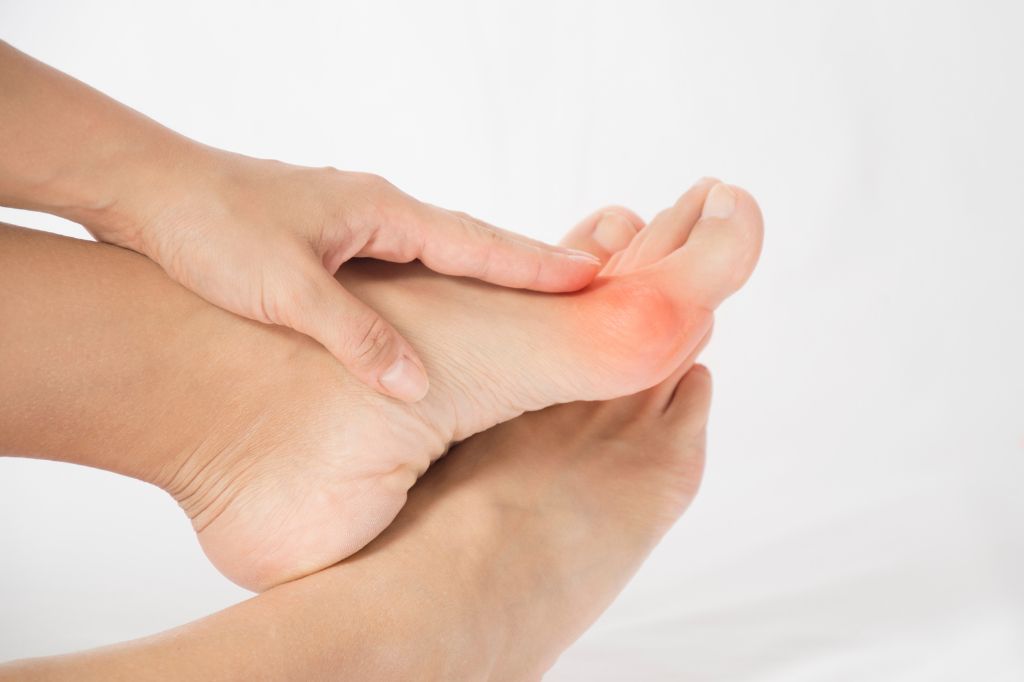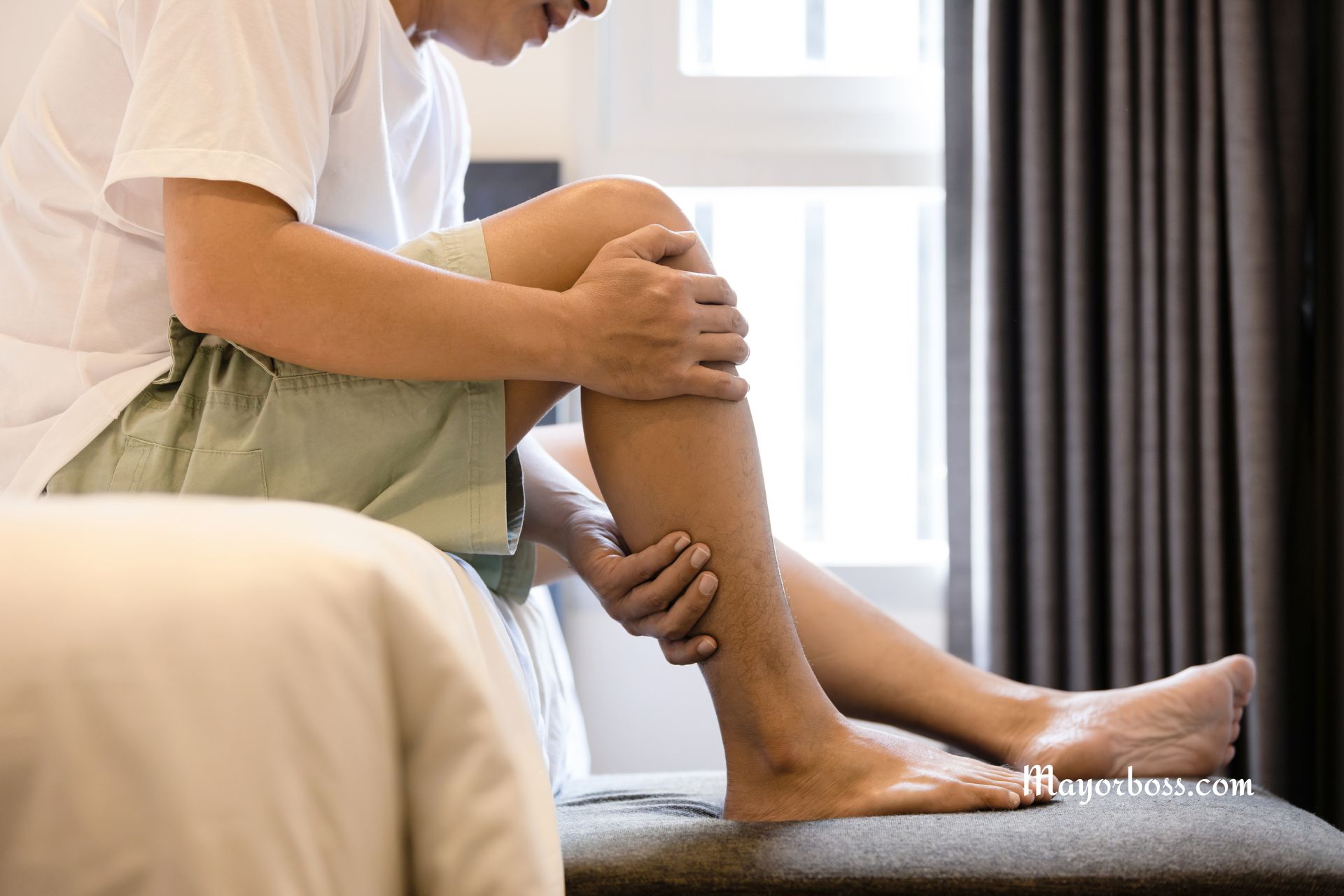Pain in the Top of the Foot: Causes and Treatment Options
Experiencing pain in the top of your foot can be both perplexing and uncomfortable. This type of pain can hinder your daily activities, making simple actions like walking, running, or even standing a challenge. Fortunately, understanding the potential causes and available treatment options can help you address the discomfort and get back to your normal routine.

What Causes Pain in the Top of the Foot?
Several factors might be responsible for the pain you’re feeling on the top of your foot. It’s crucial to pinpoint the cause to find the most effective treatment.
Injuries
One common reason for pain on the top of your foot is an injury. This could be a result of direct trauma, such as dropping something heavy on your foot, or due to overuse injuries from activities like running or jumping. Stress fractures, small cracks in the bones, are also frequent culprits, especially among athletes.
Nerve Damage
Nerve damage, or neuropathy, can lead to pain on the top of the foot. This might stem from systemic diseases like diabetes, which can affect nerves throughout the body, including those in the feet.
Arthritis
Arthritis is another potential cause. It leads to inflammation in the joints, which can manifest as pain in various parts of the foot, including the top. Osteoarthritis and rheumatoid arthritis are common types that affect the feet.
Extensor Tendonitis
This condition is characterized by inflammation of the tendons that straighten your toes. It often results from overuse or wearing tight-fitting shoes that put excessive pressure on the tendons.
Tight Footwear
Wearing shoes that are too tight or have high heels can compress the foot’s bones and tissues, causing pain on the top of the foot. This is why it’s essential to choose footwear that fits well and supports your foot properly.
Treatment Options for Pain in the Top of the Foot
The treatment for top-of-foot pain varies depending on the cause. However, several general strategies can provide relief:
Rest and Ice
For injuries and overuse conditions, resting the foot is crucial. Avoid activities that aggravate the pain and apply ice to reduce inflammation and discomfort.
Medications
Over-the-counter pain relievers, like ibuprofen or acetaminophen, can help manage pain and inflammation. Always follow the recommended dosages and consider consulting with a healthcare professional before starting any new medication.
Proper Footwear
Switching to shoes that fit well and offer adequate support can alleviate pain caused by tight footwear. Orthotic inserts may also help by providing extra cushioning and support.
Physical Therapy
A physical therapist can create a program of exercises and stretches to strengthen the foot, improve flexibility, and reduce pain. These targeted exercises can be especially beneficial for conditions like extensor tendonitis.
Medical Treatment
In cases where the pain is due to conditions like arthritis or nerve damage, seeking medical treatment is necessary. A healthcare provider can offer treatments tailored to these specific conditions, which might include prescription medications, physical therapy, or, in some cases, surgery.
When to See a Doctor
If your pain is severe, persists despite home treatment, or is accompanied by swelling, redness, or warmth, it’s time to see a doctor. They can provide a diagnosis and recommend a treatment plan.
Frequently Asked Questions
Q: Can I continue exercising if I have pain on the top of my foot?
A: It’s best to avoid activities that exacerbate the pain. Opt for low-impact exercises, like swimming or cycling, that don’t put additional stress on your foot.
Q: How can I prevent pain on the top of the foot?
A: Wearing properly fitting shoes, avoiding overuse, and performing foot exercises to strengthen the muscles and improve flexibility can help prevent pain.
Q: Should I use heat or ice for top-of-foot pain?
A: Initially, ice is best for reducing inflammation and pain. After the first 48 hours, you might find that alternating between heat and ice provides additional relief.






